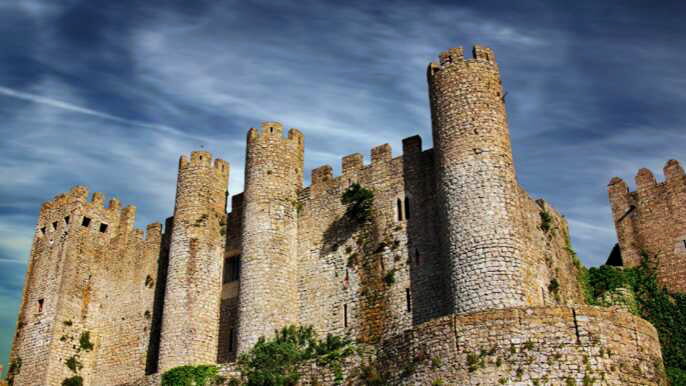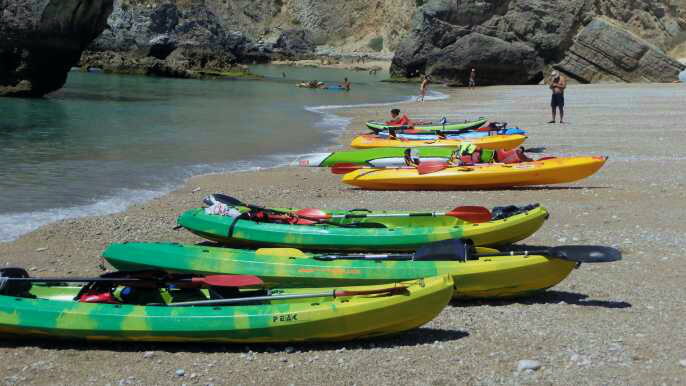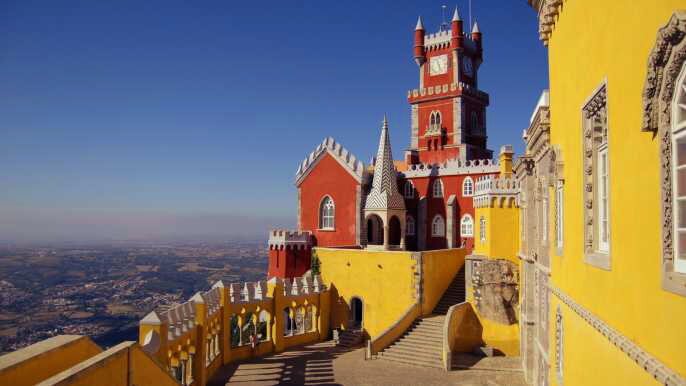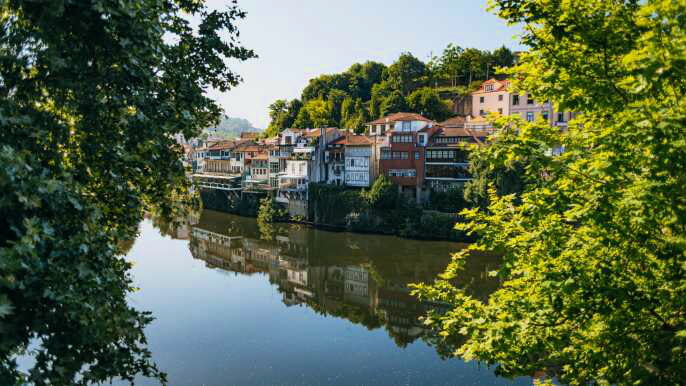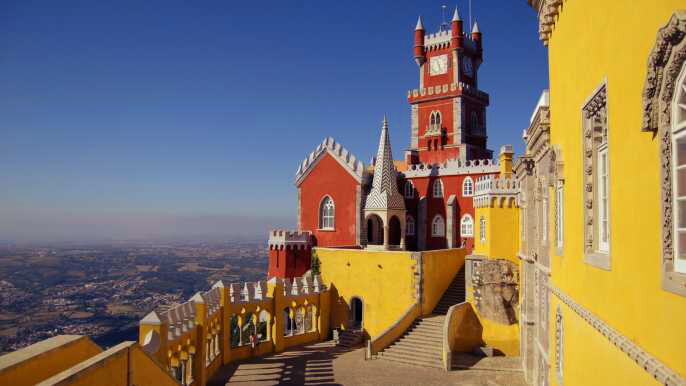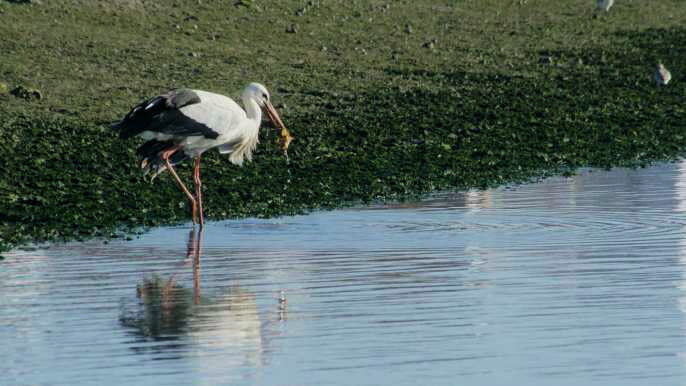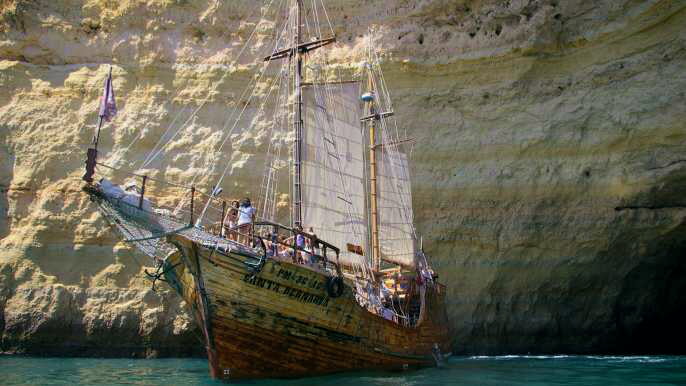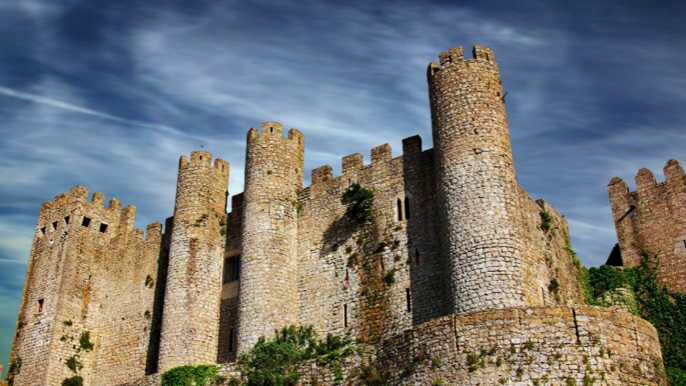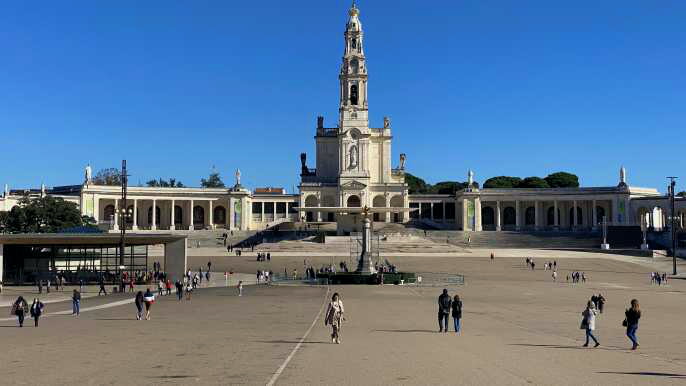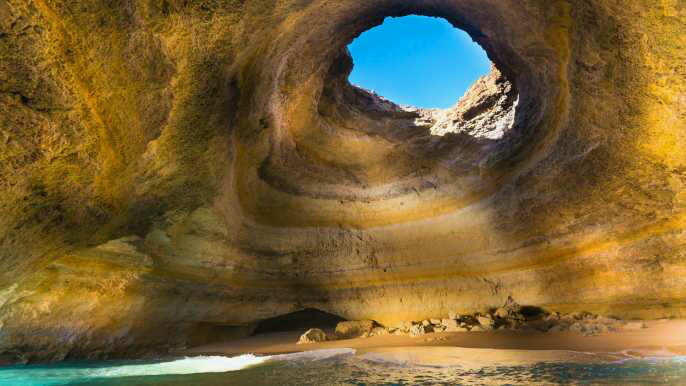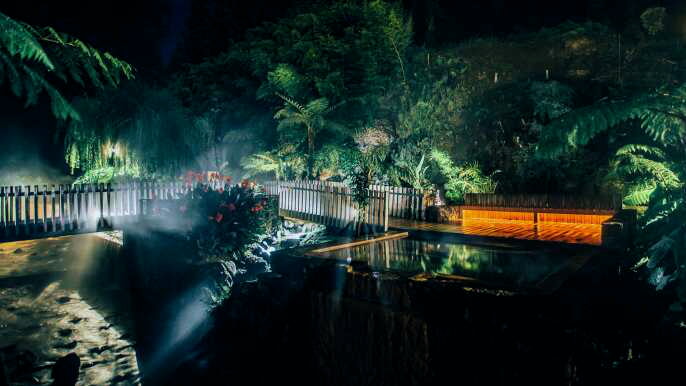There are so many wonderful places to visit in Braga that it can be overwhelming! The best way to experience Braga is to take your time and get lost in the narrow streets.
Religious sites are an important part of Braga’s history, and you should be sure to see the cathedral and treasury museum, both with their rich collections of chalices, crosses, goblets and vestments.
1. Sao Frutuoso Church
Tucked away in a sleepy suburb of Braga, Sao Frutuoso Church (Capella de San Frutuoso di Montelios) is one of the oldest Christian buildings still standing in Portugal. Originally built around the 7th century, it was destroyed by the Moors and rebuilt in the 10th century.
The chapel is a rare example of pre-Romanesque architecture in Portugal, with its layout in the shape of a Greek cross and rounded apses. It also has arcades composed of horseshoe-shaped arches, twinned double arch openings and Corinthian capitals.
Its funerary chapel is believed to have been ordered constructed by Saint Fructuosus of Braga as his 6th-century tomb. Its design and construction aesthetic is reminiscent of the mausoleum Galla Placidia in Ravenna.
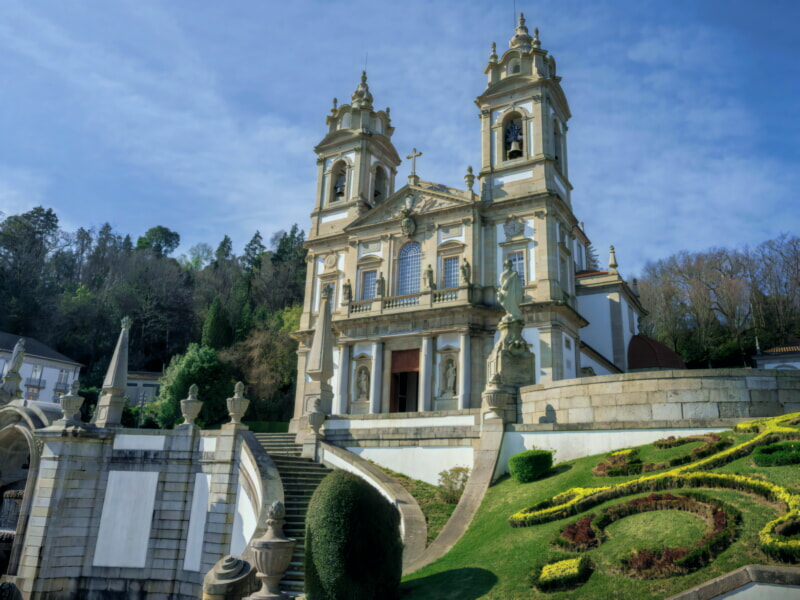
2. Jardim de Santa Barbara
If you’re in the city and looking for a nice place to take a walk, Jardim de Santa Barbara is definitely one of the best options. Located behind the Archbishop’s Palace, this park is full of colorful flowers and well-maintained hedges.
It also has a XVII century fountain with Saint Barbara’s statue. It is very popular with tourists and locals alike, so make sure you take a look around!
Another highlight of the garden is its medieval wing. Originally, this building was the residence of the archbishops of Braga.
It’s worth visiting this historic structure, especially the cloisters and treasury, which are filled with immense works of art. You can even check out the beautiful cathedral interiors if you have time.
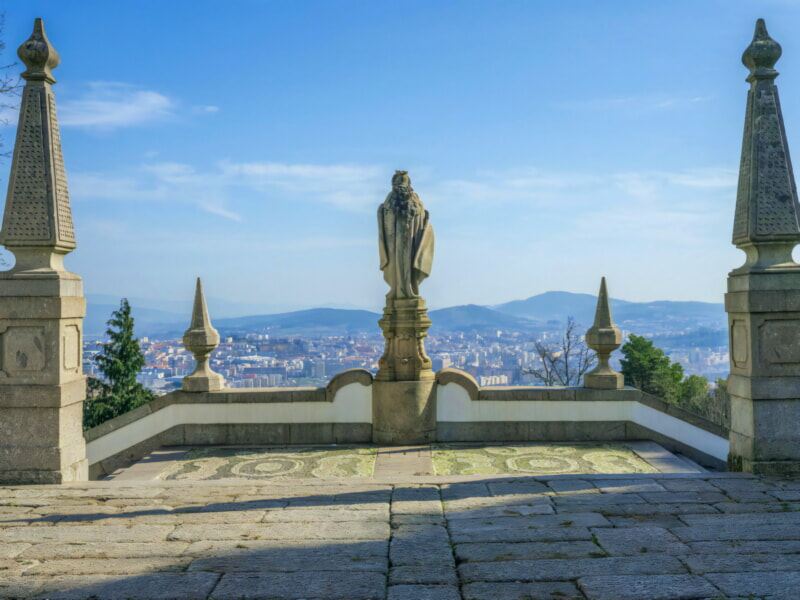
3. Museu dos Biscainhos
In the heart of Braga’s historic centre lies Museu dos Biscainhos, a beautiful Baroque palace with a wealth of detail and a wide variety of paintings and other artworks from this period. It was originally built as a manor house for Portuguese aristocracy, and remained in the same family for some 300 years before being purchased by the state.
Inside you’ll find rooms that were used by the Counts of Bertiandos, including a neoclassical Music and Games Hall with a ceiling painted with musical motifs. This was a popular place for families to gather for long evenings of music, dancing and games.
The Museum also houses an impressive collection of paintings, ceramics and furniture that was gathered over three generations. You can see the influence of Oriental influences on Portuguese furniture, as well as European and Chinese porcelain and glassware. You can also take a stroll around the gardens, which are considered some of the best preserved Baroque gardens in Portugal.
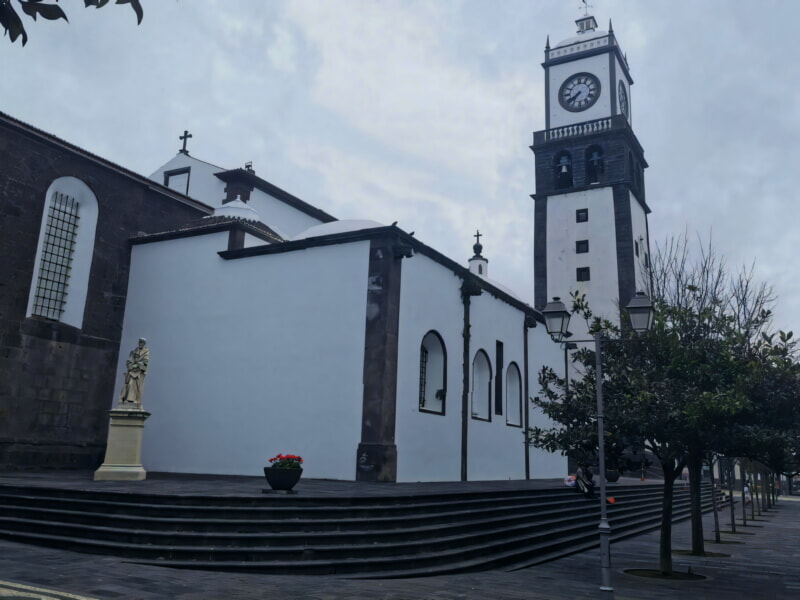
4. Avenida de Liberdade
Avenida da Liberdade is one of Lisbon's most popular tourist attractions, running 1.6km between Restauradores Square and Marques de Pombal Square. This wide avenue, built in the 19th century in the style of Paris's Champs-Elysees, is lined with luxury brand stores and hotels.
It also features a number of landmark buildings, such as the Canadian Embassy and the headquarters of Google Portugal, as well as a range of restaurants and cafes. The area has a lively atmosphere, especially during the annual popular saint festivals held in June.
In addition to its architectural beauty, Avenida da Liberdade is also famous for its cobbled pedestrian walkways that feature kiosk cafés and traditional Portuguese tile patterns. This beautiful pedestrian promenade originated in the city’s reconstruction after the 1755 earthquake.
The area is a prestigious business and shopping district, with luxury brands such as Armani, Louis Vuitton, Prada, Dolce & Gabbana, Burberry, Cartier, Timberland, Hackett and Gucci. It is also home to several high-end hotels and a range of luxury restaurants.

